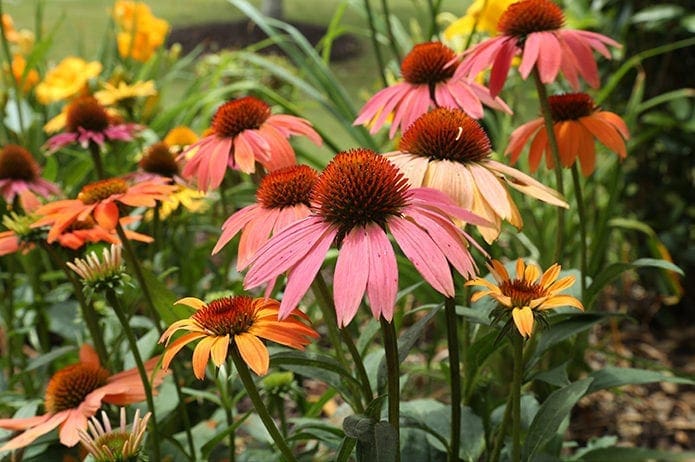 Photo By Michael Alexander
Photo By Michael Alexander Good and bad seeds
By FATHER JAMES S. BEHRENS, OCSO, Commentary | Published August 18, 2016
“Master, did you not sow good seed in your field?
Where have the weeds come from?”
Mt. 13:27
He was a little boy and looked to be about five years old. He was an orphan whose parents died from AIDS, and he was taken in by the monks of a Buddhist monastery. The monks took in a lot of kids, and they would wander about the grounds of the monastery, greeting visitors and asking for alms. The boy approached me, smiled, bowed and offered me a tiny flower. I thanked him and took the flower and when I gave him a few dollars he smiled again, bowed, and ran off to another visitor.
As young as he was, that little kid was carrying within him living remnants of broken lives. I wondered how those remnants would take root in him and grow. All of us are born into this world with what we know as original sin—a blend of good and bad, love and indifference, insight and ignorance.
We have within us a desire for goodness, for God, and yet there is as well a lifelong inclination to turn from the good and harm ourselves and our neighbor. Try as we might to root out the destructive impulses in our lives, we cannot do it. They are always
there, gnawing away at our better instincts.
In the parable of the good and bad seeds found in the 13th chapter of Matthew’s Gospel, the question is raised as to the source of the bad seeds that were sown in the field at night. The owner of the field wisely decides to wait until harvest time when the weeds can be separated from the wheat. The growth that takes place in the field therefore necessitates the co-existence of the good and the bad.
The parable is one that encourages us to be patient with ourselves and others. There is within each of us a vast field in which the wheat of goodness and the weeds of self-interest thrive. It is not possible at times to tell one from the other, especially when we discover that our best intentions can invariably bring harm to others. There is no pure good. And I do not think there is pure evil, either. Everybody has some good in them.
The wise among us teach us to be patient with all things, knowing that God created a world that has yet to reach its perfection according to his design. Which means as well that we are here with each other with all our admirable traits and our warts.
So I remember this day that little kid who gave me a flower—perhaps a gesture of friendship or peace. He did not speak English. But he knew something of the language of God, a silent communication that spoke with a smile, a bow and a flower—a living blend of grace, loss and our ability to live with our wounds and await the God who promises to make us whole.
When asked how best to describe the relatedness between God and the human person, Raimon Panikkar, scholar and priest, replied that it is like one hand reaching out to another.
Sometimes that hand is very small, and it is holding a flower.
Trappist Father James Stephen Behrens is a monk at the Monastery of Our Lady of the Holy Spirit in Conyers. His books are available at the monastery web store at www.HolySpiritMonasteryGifts.com.


